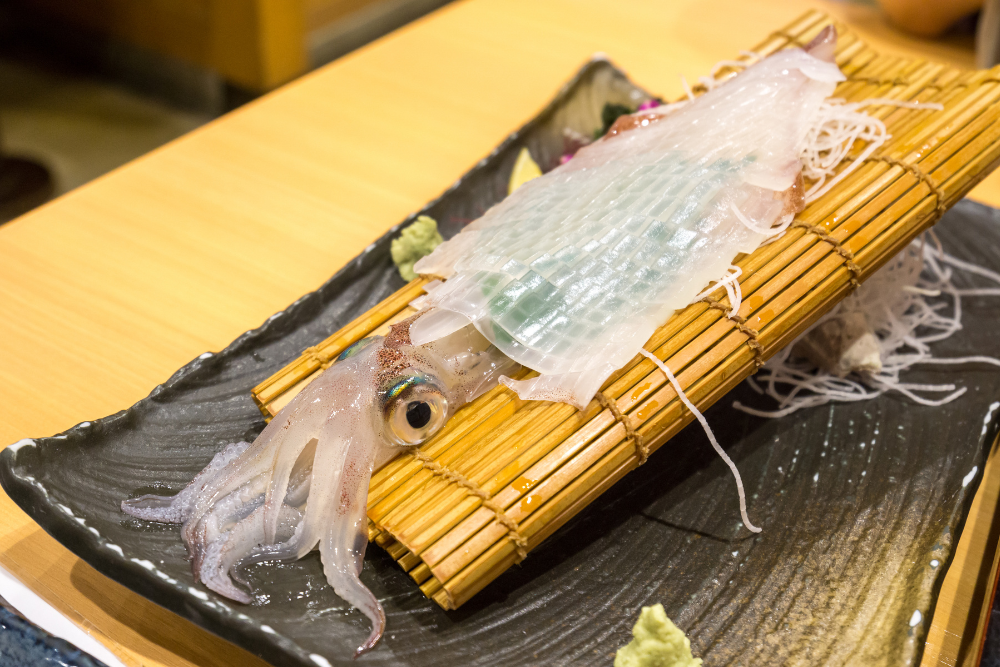In Sweden, fika is more than just a coffee break—it’s a cherished ritual that embodies relaxation, connection, and indulgence. Combining coffee, cake, and good company, fika is a cornerstone of Swedish culture. This guide delves into the delightful tradition of fika and its role in everyday Swedish life.
1. What is Fika?
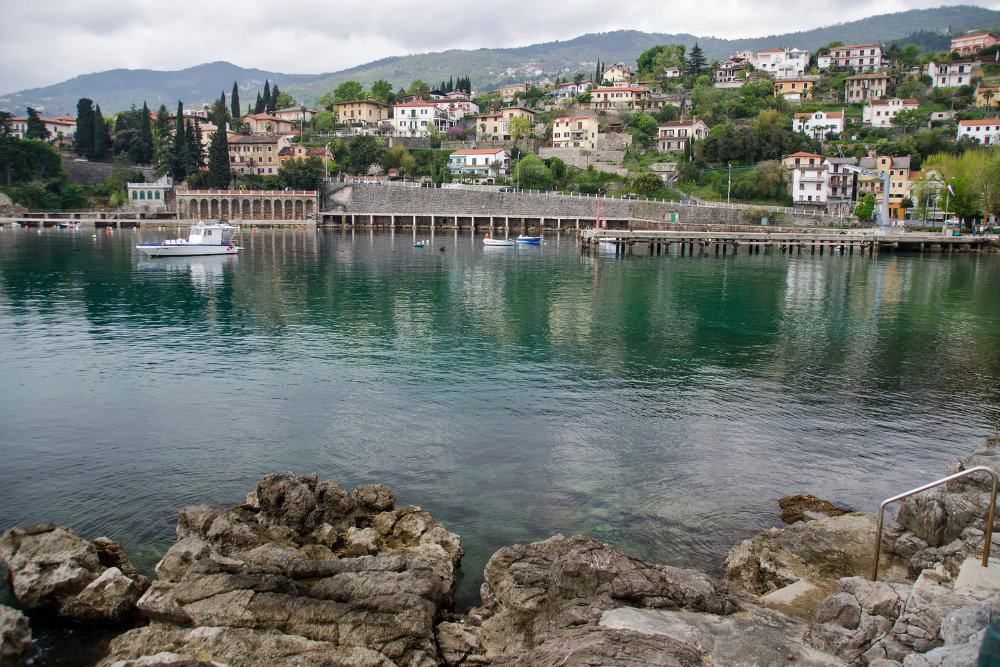
At its core, fika is about taking a break to enjoy coffee and a sweet treat, but it’s much more than that. It’s a cultural institution that promotes mindfulness and socializing.
- Literal Meaning: The word “fika” is both a noun and a verb, roughly translating to “coffee break.”
- Frequency: Many Swedes have fika at least once or twice a day, often mid-morning and mid-afternoon.
- Purpose: Fika is a time to slow down, recharge, and connect with friends, family, or colleagues.
2. Essential Components of Fika
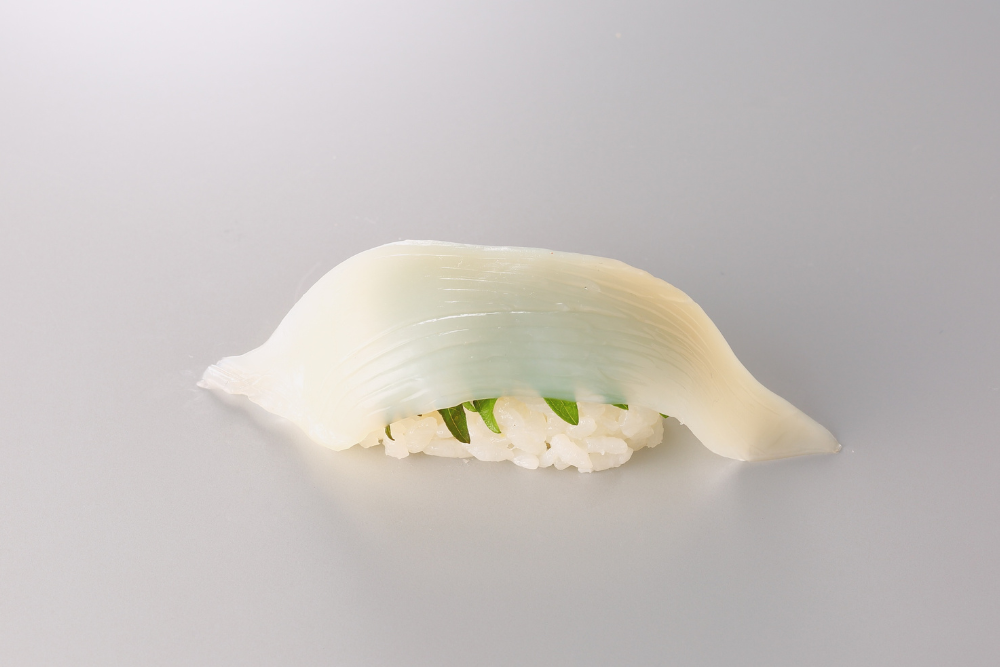
A proper fika involves two key elements: coffee and a baked treat. While the details may vary, the experience remains universally satisfying.
- Coffee: Swedes are among the world’s top coffee consumers. Popular choices include black coffee, espresso, or cappuccino.
- Pastries:
- Cinnamon buns (“kanelbullar”): A quintessential fika treat, flavored with cinnamon and sugar.
- Cardamom buns (“kardemummabullar”): A fragrant alternative to cinnamon buns.
- Princess cake (“prinsesstårta”): A layered sponge cake with cream and green marzipan.
- Seasonal pastries: Semlor (cream-filled buns) in winter or fresh fruit tarts in summer.
3. Fika Etiquette and Culture
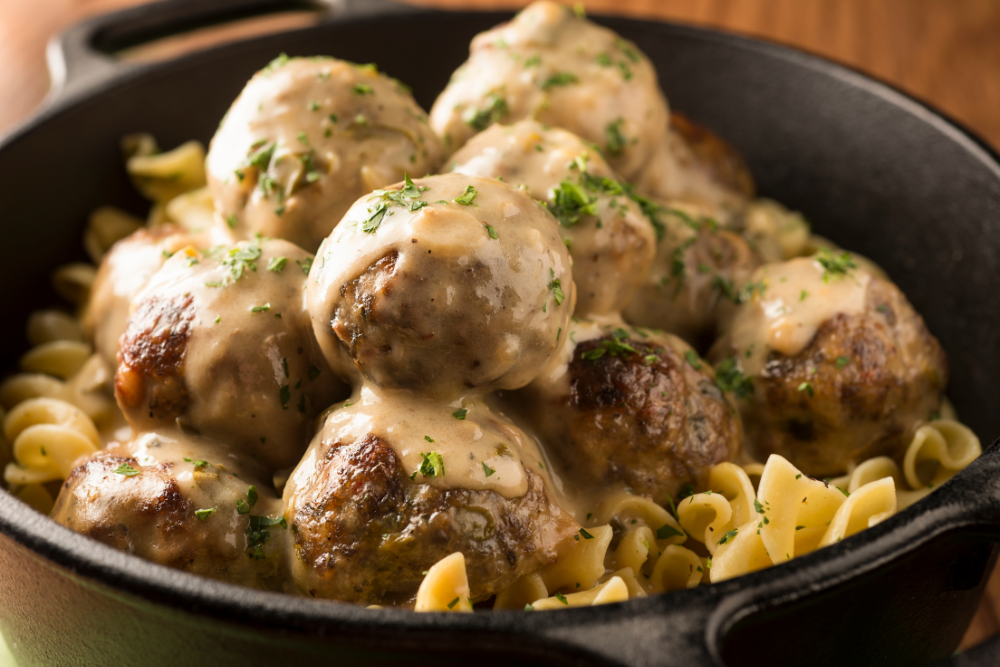
Fika is as much about the experience as it is about the food and drink. There are certain unwritten rules that make the tradition unique.
- Take Your Time: Fika is not a rushed activity. It’s meant to be savored and enjoyed.
- Social Connection: Whether at work or with friends, fika fosters conversation and bonding.
- Workplace Tradition: Many Swedish companies have designated fika breaks to boost morale and camaraderie.
- Home Fika: Families often gather for fika at home, setting the table with coffee, pastries, and a cozy atmosphere.
4. Modern Takes on Fika

While the essence of fika remains unchanged, modern trends have introduced new variations and adaptations.
- Healthier Options: Some cafes offer gluten-free, vegan, or low-sugar treats for those with dietary restrictions.
- Specialty Coffee: The rise of third-wave coffee culture has brought artisanal brews and innovative flavors to fika tables.
- Savory Fika: In addition to sweets, some enjoy open-faced sandwiches (“smörgås”) or crackers with cheese.
- Global Appeal: Cafes around the world are embracing fika, introducing Swedish pastries and traditions to international audiences.
5. Best Places to Experience Fika in Sweden
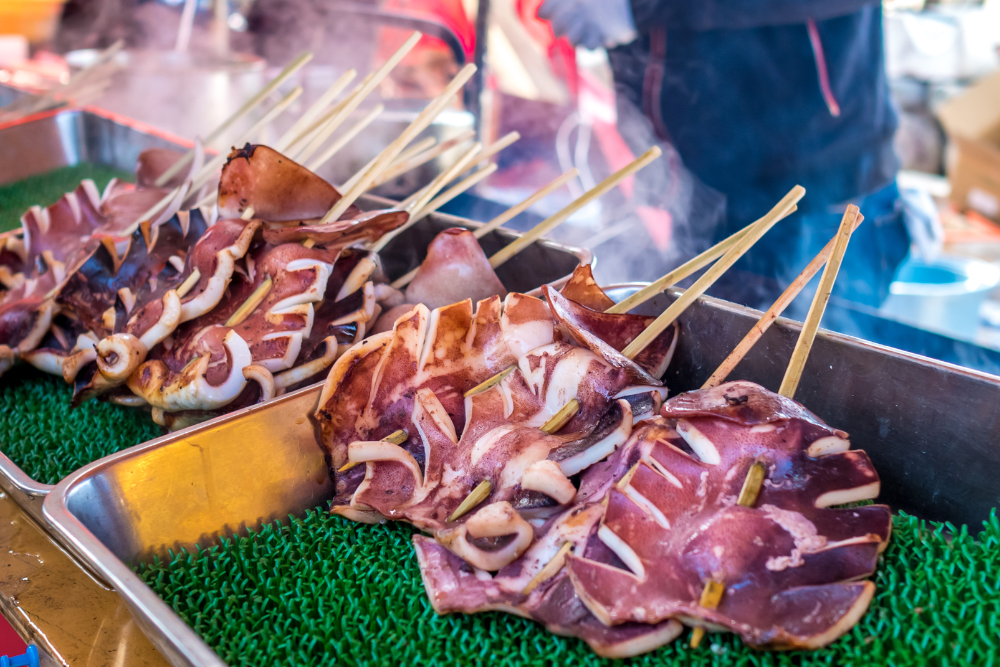
Sweden offers countless spots to enjoy an authentic fika experience, from cozy cafes to scenic outdoor settings.
- Cafes in Stockholm:
- Vete-Katten: A historic cafe known for its traditional pastries.
- Fabrique: Famous for its artisanal sourdough and cinnamon buns.
- Gothenburg and Malmö: Charming cafes like Brogyllen and Lilla Kafferosteriet are popular among locals.
- Nature Fika: Take your coffee and treats to a park, lakeside, or forest for a serene outdoor experience.
Conclusion
Fika is more than just coffee and cake; it’s a reflection of Sweden’s approach to life—balanced, mindful, and joyful. Whether you’re visiting Sweden or embracing fika at home, this tradition offers a delightful way to slow down and savor the moment. So grab a cup of coffee, pick your favorite pastry, and experience the magic of Swedish fika.



